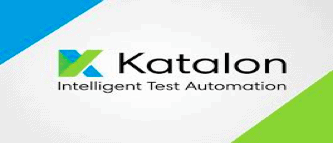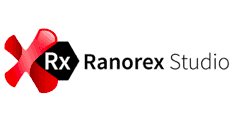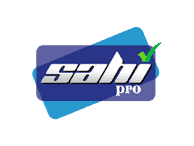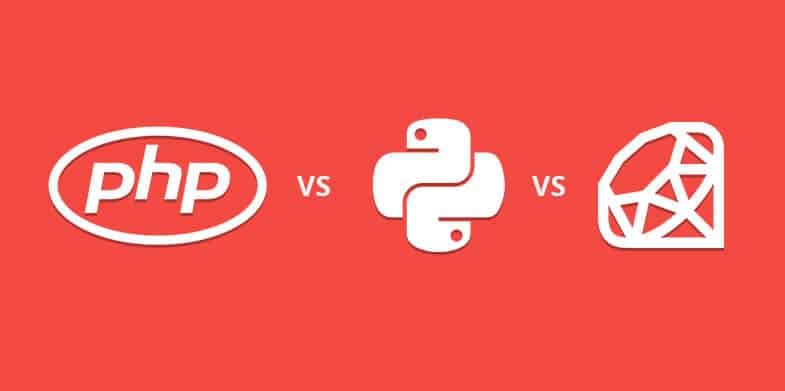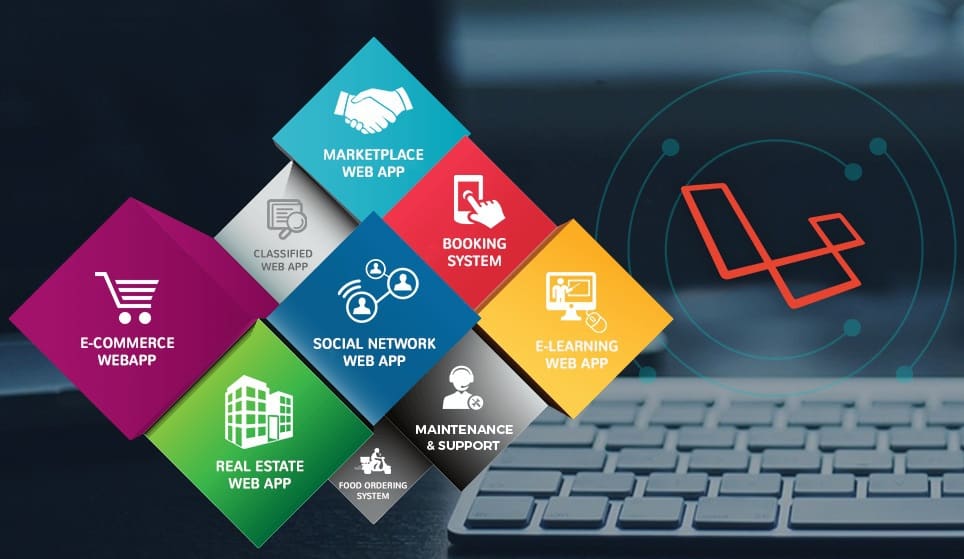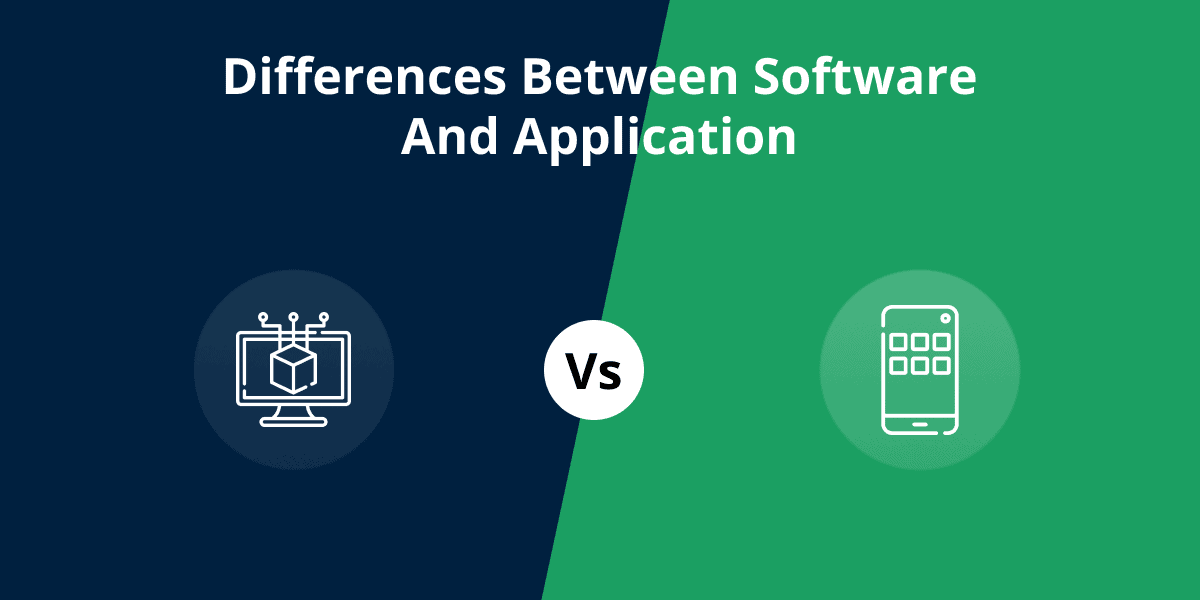
Birds eye view on regression testing
You are reading this because you care about the product, about its design, most importantly, its quality! And in a world where microservices retire by the time you think about taking a walk in the park, it’s unlikely that anyone would be willing to invest time in repetitive workflows, draggy processes, or basically anything that needs manual effort.
One such time-consuming aspect is the task of reviewing a newly developed code and documenting the behavior on implementing it in the existing application. To make sure the code works as expected in the application, we lean on something called ‘testing.’
At a high level, testing could be portrayed as a gatekeeper ensuring quality and maintaining expectancies. On a lighter note, it’s like being Heimdall (the Gatekeeper of Asgard, in the movie Thor)! Similarly, in the 21st century, where Agile seems to be leading the industry today, we have Regression Testing and other methodologies enacting the gatekeeper’s role that promises quality and expectancies.
Regression Testing, simply put, is a process that initiates a rerun of complete or partial regression test suite to ensure that the overall code is working as expected after a deployment. This is done to make sure that new code is complying with the older one leaving it unaffected. The number of test cases in a regression suite can be daunting but is the only touchpoint that aligns with quality check.
Importance of Regression Testing Tools –
In an agile environment, development teams and testing teams work closely to understand and fix flagged issues at the earliest. Traditional processes are followed as much as possible in order to cover all aspects of functionality; but sometimes there could be a possibility where something was not checked and pushed to production. Worst case scenario here can be that the production code was rendered flawed and that it broke when the customer was using it. To avoid such instances, we need to be cautious of the way a handoff is made between the development and testing teams.
One of the main aspects that a testing team will check for in the handed-off code/application is the UAT (User Acceptance Testing) criteria. This is an iterative process and takes a lot of manual effort and time. Regression testing is one such method used to reduce this effort. In agile, a regression test suite can be automated. For this, we use automated regression testing tools.
Engineering is to build things that reduce human effort. In a bid for this, engineering has produced quite a handful of testing tools that help automate and execute Regression Testing in the easiest manner.
Discussed below are some of the most extensively used testing tools that you might find useful. There is something for everyone!
1. Selenium:
Selenium is a portable framework (in the sense that it adapts quickly to a new environment making it reusable) to test web applications. It’s an open source tool that automates tasks performed on web browsers. Browser automation here refers to the ability of actions performed on a web browser to perform repetitive and error-prone tasks such as filling out an application form etc.
Key features include –
– High Flexibility in terms of coding in a wide range of languages. With a single interface, it allows users to code test scripts in many languages such as python, Ruby, Java, PHP. Its powerful interface allows the same few lines of codes be executed in all major web browsers by abstraction.
– It is compatible with most of the web browsers for cross-browser testing. For this, you might want to use the Selenium IDE and Selenium WebDriver.
2. Katalan Studio
Katalan Studio is a free, robust automation solution for applications that depend on Web, Mobile, Desktop and APIs. It allows integration of components that have built-in keywords and project templates. Some key features include –
– It supports Java and Groovy programming languages to build and manage test scripts in a regression test suite.
– It allows integration with project management tools such as Jira, Jenkins, TestRail (a test management tool) and so on that allows regression test suites to be picked up and executed from anywhere.
– In order to replicate the behavior of an application you would need a recorder to play these steps. Katalan Studio also has Katalon Recorder (an extension to be added to a browser) that allows playback and recording capabilities.
– It provides in-built templates for maintaining the object repository, test cases and custom keywords through their Katalan Studio IDE.
– Additionally, it offers a feature called Katalon Analytics which produces test reports that are graphically intuitive and can be exported to pdf and CSV formats. There are other metrics and graphs that power a dashboard providing a comprehensive view of execution steps.
Katalon Studio is a complete package! It allows all capabilities that Selenium provides and further builds on it. Extensive features, codeless automation, smart engine with auto-heal and auto-wait capabilities.
3. Testsigma
Testsigma is rapidly building pace as it continues to grow in popularity. It is a cloud-based automation testing tool used across many forms of testing in an Agile & DevOps environment. It can build stable and reliable tests faster using simple English and speed-up the execution and leverages the maintenance of automated tests using AI.
It is built around CI/CD cycles and DevOps. It readily integrates with test management, bug reporting, communication tools to coordinate effectively and enables a whole range of testing types.
Some key features include –
– Test Development is made easier by enabling automation using simple English. No programming language is required.
– The dashboard and user interface are made intuitive and easy to develop automated tests. This eases the use of parameterized test data, environment test data and global test data.
– Test execution can pause and resume – this allows testers to pause tests during execution and then restart without having to go into debug mode or inspect mode.
– Integrated test labs allow running your test cases across thousands of browsers, devices and operating systems. These test executions can also be scheduled and executed in parallel
– The platform is powered by dynamic and context driven reporting to help you understand the test results better. You could also choose to customize this.
– Testsigma works on applications with dynamic IDs as well.
– It also supports reporting the progress and status of the application in real time from a single interface. It can integrate with jira and other bug tracking tools for quick feedback cycles and continuous learning.
If you are looking for a tool that offers a range of testing types, then Testsigma should be your go-to tool. It helps you with not just automation of regression test suites, but also with test types such as DDT, Continuous Testing, Web/Mobile/Desktop testing as well.
4. Watir
Watir, is an open-source family of Ruby libraries for automating tests.
It supports IE, Firefox, Chrome, Opera and Safari, and is available as a RubyGems gem (The software package is called a “gem” which contains a packaged Ruby application or library. Watir interacts with a browser the same way people do with a rich set of APIs: clicking links, checking boxes, filling out forms, locating page elements, working with alerts, downloading files, headless testing and validating text.
Some key features include –
– The test scripts are written in Ruby language. Python, Ruby on Rails, Selenium are popular tools that can integrate with Watir.
– Watir project is made up of a number of smaller projects. There of them are considered as the most important – ‘watir-classic’, ‘watir-webdriver’ and ‘watirspec’. Watir-classic makes use of Ruby that has built in Object Linking and Embedding (OLE) capabilities. Watir-webdriver is a modern version of the Watir API based on Selenium; and Watirspec is executable specification of the Watir API
If your application is more than 5-6 years old, then the chances are that it was developed using Ruby. Testing an application built on Ruby is thus simplified by using Watir.
5. Ranorex Studio
Ranorex Studio is a flagship product designed as a GUI test automation framework used for the testing of desktop, APIs, web-based and mobile applications. It has a full set of tools that support ‘no-code automation’
Considering the wide array of technologies supported by Ranorex Studio, it can be used to automate most of the legacy applications too. Legacy applications refer to software programs that are outdated or obsolete. They may become unstable due to compatibility issues such as working with latest OS upgrades, browsers, infrastructure and so on.
Some key features are –
– Test execution can pause and resume – this allows testers to pause tests during execution and then restart without having to go into debug mode or inspect mode.
– Simple and refined regression testing – Data iterations are labeled in reports to give an unprecedented level of meaningful information for the reader.
– Integrates with Jenkins Pipeline support and Azure build & release management
6. Sahi Pro
Sahi is an open source, automation testing tool for web applications, largely Desktop Apps. The open-source version includes a basic tool set sufficient for most testing purposes. The Pro version offers two more features in addition – test distribution and report customization.
Some key features are as follows –
– Desktop Applications (that can be automated) include Windows desktop applications (Java, WPF, Win32, WinForms, .NET, SilverLight, XBAP, UWP).
– Automatable mobile apps include iOS and Android, Native and Hybrid Applications.
– Automatic Waits feature – this technology eliminates the need to wait for statements, even for inconsistent page loads. The tests are deemed stable and do not fail because of timing issues.
– Business Friendly Frameworks – uses excel framework to report, such that, non-technical staff can contribute by reporting test cases.
– Parallel and Distributed Playback – You can club together thousands of scripts in a suite file and execute them in parallel on one machine or distribute it across machines. (again, a Sahi Pro feature)
– Object Spy and Recorder in Sahi Pro version – identifies elements across technologies in simple yet stable ways.
Sahi Pro works on applications with dynamic IDs as well. Recorder and Object Spy take the ‘Dynamic’ part into consideration to generate pseudo variables on run.
7. TestComplete
TestComplete is a functional automated testing platform that gives testers the ability to create automated tests across platform applications.
It supports building automated UI tests by scriptless record-replay across wide range of desktop/web/mobile applications
It identifies dynamic UI elements by AI visual recognition and property-based behavior.
It also supports reporting the progress and status of the application in real time from a single interface. It can integrate with jira, Bugzilla for quick feedback cycles and continuous learning.
It correlates to Selenium and its key features.
Please note that – If the test cases are changing frequently and are high over time as an application grows, then automation of regression testing may not be ideal.
Best Practices to make Regression Testing efficient –
– Designing a regression test suite based on 80/20 rule may just be the smart way out to deal with complex applications. The rule dictates that a 20 percent feature/functionality matrix powers 80 percent of the application. Think about it! – in an application that has over twenty features, not all can be prioritized. It takes time and consumes unnecessary resources. Instead, a wise choice would be to choose a little over five features that are truly important and focus on making it work seamlessly.
- Identifying areas in the application where there are high chances of failure is important. These critical points can be among the ‘20’ in the 80/20 principle as mentioned in the previous point. To avoid such failures in software, test cases should extensively be covered on a broader scale.
- Test often and test complete – is the new go-to slogan in regression testing. On a new build, it’s always advisable to test the application completely and a couple of times to make sure you have all corners covered.
- Building test suits in a prioritized manner. After a certain point, some test cases might not be that important. There are other critical areas that the team needs to identify and work with to manage and develop a risk-based application.
Conclusion:
Out of the many mentioned above, the choice truly relies on the requirement at hand and the need of the company. Is the company more inclined towards automation testing and micro services? Then maybe automation of regression testing and DevOps teams can create a significant impact. Is the company running on a budget for testing to ensure quality delivery? Then automated regression testing tools may work like magic! Some of these automated tools are codeless testing tools and do not require any special skills. Such instances require minimal training. Setting aside a bunch of folks to run these tests to check for quality will do fine!.
Most of the companies that release such testing tools would also have other variants of the software powering different functions. For example, Testsigma also extends its capabilities into project management roles (albeit testing roles).
Like they say, ‘the perfect fit is a myth’ – The choice therefore, depends on factors such as budget allocation, efficiency of the solution in the existing scenario, license expiry and support provided.


